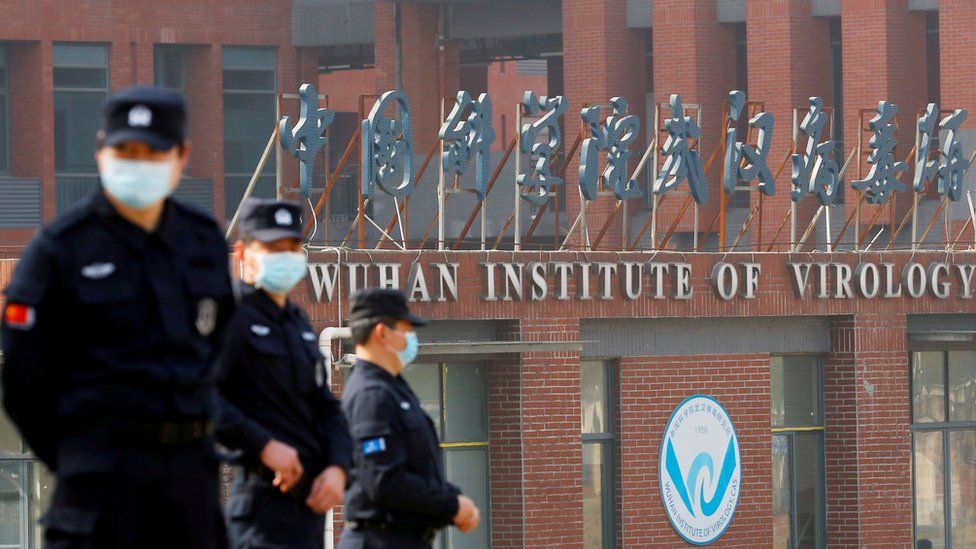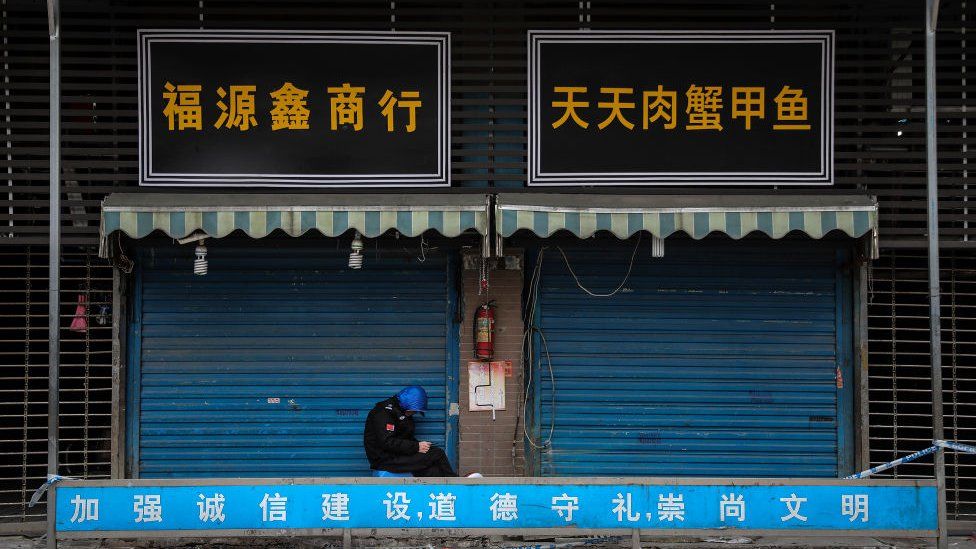The World Community Has a Right to Know
 |
| Lab-leak theories centre on the Wuhan Institute of Virology Reuters |
"[Of the lab-leak theory]: That possibility certainly exists, and I am totally in favour of a full investigation of whether that could have happened.""[I am] not convinced [the virus originated naturally]."Dr.Anthony Fauci, U.S. President Biden's chief medical adviser"From day one China has been engaged in a massive cover-up.""As the evidence for the lab-leak hypothesis grows, we should be demanding the full investigation of all origin hypotheses that's required."Jamie Metzl, a fellow at the Washington-based Atlantic Council"We do need to be a bit patient but we also need to be diplomatic.""We can't do this without support from China. It needs to be a no-blame environment."Prof Dale Fisher, Singapore's National University Hospital"I've read it, [report released by the Washington Post calling into question when and how the SARS-CoV-2 virus emerged] it's a complete lie.""Those claims are groundless. The lab has not been aware of this situation, and I don't even know where such information came from."Yuan Zhiming, director, Wuhan National Biosafety Lab, Wuhan Institute of Virology, Wuhan, China
The story in the Wall Street Journal claims that three laboratory workers at the Wuhan Institute of Virology fell ill in November of 2019, and were admitted to hospital for treatment. A month later, China advised the World Health Organization of the sudden appearance of a zoonotic, a virus transmitted from animal to human, and that authorities in China felt confident the virus had erupted in a fresh food market where wild animals were sold and pangolins were the suspected source.
The U.S. intelligence report cited by the paper had originally been the product of an investigation authorized by then-President Donald Trump who stated his determination to get to the bottom of the matter that he suspected was Beijing's lack of openness in alerting the world community of the presence of a galloping new virus with unknown properties but a surprising level of lethality, initially presenting as a new kind of pneumonia.
It was the newspaper's contention and possible purpose of re-visiting the investigative report and coming away with greater details, that what it revealed could conceivably bring support to the evidence already in question, leading to a broader and deeper investigation into what many in the scientific community suspect -- and many others object to -- that the COVID-19 virus could have been a lab escapee.
What is undeniable unless new information arises, is that the first cases of a strange new pneumonia were being reported toward the end of December 2019 in the central Chinese city of Wuhan where coincidentally two high-security laboratories for the study of viruses were located. One laboratory had undertaken studies of viruses collected from bats in caves and theorized that the bats had infected pangolins and the pangolins carried the virus with them when they were trapped for sale at the live animal market in Wuhan.
Although rumours have circulated widely that the SARS-CoV-2 virus causing COVID-19 was not a zoonotic that naturally occurred, infecting people who had come in contact with a vector at the Wuhan market, but rather a laboratory-produced virus and that inept, insecure methods led to its escape, China has steadfastly denied any such allegations. Claiming instead that the lab theory was unproven and nonsensical and simply represented U.S. paranoia.
Instead Chinese authorities point to the possibility that the virus may very well not have originated in China, or Wuhan, at all, and was imported with frozen food from some other geographic location. Wildlife trading too was cited as a source, as well as a circulating virus that had emerged elsewhere and found its way to China by some unsuspected means. China's foreign ministry rejected the claim that three lab workers had been hospitalized, characterizing it as a lie.
The World Health Organization, which had sent an independent team of researchers to Wuhan months ago to undertake a detailed investigation, now entertains thought of another investigation, this time perhaps without Chinese authorities' interference, although without Beijing's approval for yet another group of scientists arriving in Wuhan there can be no follow-up of the original which declared its joint opinion that no lab escape of a virus was a likely explanation for the pandemic.
That opinion was reached despite that there were no unescorted interviews permitted where the investigators could privately, without interference and the presence of Chinese authorities, closely question someone who might have information critical to the investigation, nor were the investigators permitted to see collected data directly relevant to the more immediate Chinese investigation of the market where purportedly the outbreak was traced to.
According to Tarik Jasarevic, a spokesman for WHO, the organization's technical teams were currently making decisions on whether to proceed further and if so, how. Further study was obviously required into the role of animal markets, as well as the hypothesis of a lab leak. The issue, after all, is that of a lethal, minuscule, unseen pathogen seeking out new hosts, invading body cells and replicating wildly. A virus that has in the space of a year-and-a-half killed three and a half million people worldwide.
Knowing its true origins could help medical science more fully understand the nature of the pathogen and how best to control it. It could also lead to techniques of detection and deterrence that could help avoid future such global pandemics. As well as teach both the global medical community and governments how best to anticipate new and perhaps even more deadly invasions of viruses from wild animal to humanity.
 |
| The Huanan Seafood Wholesale Market in Wuhan was linked to early Covid cases Getty Images |
Labels: China, COVID-19, Death Toll, Investigation, SARS-CoV-2, Wuhan
0 Comments:
Post a Comment
<< Home